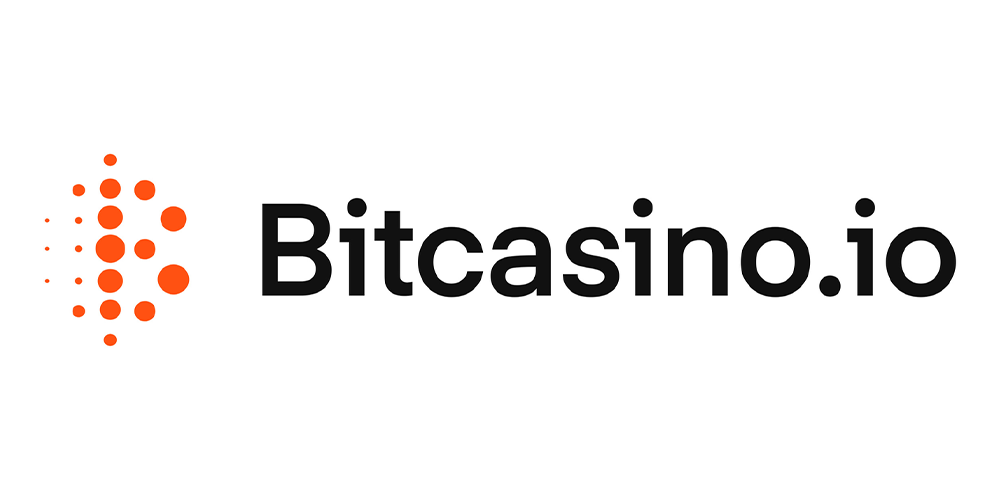Part 1: The Emergence of Money with Lyn Alden
Where to find the show
Download Episode MP3 File
The file will open in a new window. Click down arrow to download the file.
“Commodity money is like nature’s ledger…bank money is basically a ledger governed by nation states…and then open-source money like Bitcoin is money governed by the users.”
SHOW DESCRIPTION
Lyn Alden is a macroeconomist and investment strategist. In this interview, we discuss Lyn’s amazing new book: Broken Money. This show, the first in a series of three shows, delves into the history of money: the concept of money as a ledger, its different forms throughout history, as well as the properties that make a commodity suitable for use as money.
- - - -
One of the key concepts Lyn explores is the idea of money as a ledger, of which there are three main forms: commodity money, governed by the specific properties of the physical commodity being used as money; bank money, which is a ledger governed by nation states and managed by central banks; and, open-source money like Bitcoin, where the ledger is governed by the users, who create and maintain the rules of the system. But how did money develop?
Money emerged as an innovation to solve the problems of barter, where the limitations of the double coincidence of wants and lack of trust between traders made transactions difficult. Money emerged as a liquid accounting system making transactions more efficient. Different cultures used various commodities as forms of money throughout history, including shell beads, cocoa, salt, and furs.
Each type of commodity used as money had unique properties that made them suitable, such as divisibility and the ability for them to be recombined. As technology advanced, people were able to produce more of these commodities, which led to their devaluation. However, two commodities that were difficult to devalue were silver and gold. These precious metals were rarer and had a natural difficulty adjustment, making them more suitable as money.
As important as the technology of money was the evolution of the theory of money. Two competing theories of money emerged: commodity theory and credit theory. Commodity theorists believed that barter was the precursor to money. However, credit as a form of money has been found in modern hunter-gatherer societies and used as an effective way of circumventing the need for commodities as money.
The current paradigm is seeing bank money and credit theory coming under significant strain. Every system controlled by human administrators degrades over time, with most currencies experiencing high inflation or even hyperinflation within a human lifetime. However, despite attempts to find alternatives like the dollar or Bitcoin, nothing quite fills the void left by the local currency. How money broke will be the focus of the next show.
TIMESTAMPS
00:02:05: Introductions
00:09:08: What is money?
00:15:43: The history of money
00:27:11: Commodity money, and utility
00:33:25: Utility properties of Bitcoin
00:36:48: Scarcity, and the stock-to-flow ratio
00:40:03: Layered money, and the emergency of paper money
00:53:41: Credit money vs commodity money
01:02:39: Debt, taxation, and inflation
01:11:57: Final comments
SUPPORT THE SHOW
If you enjoy The What Bitcoin Did Podcast you can help support the show by doing the following:
Become a Patron and join our Discord to get access to shows early or help contribute
Make a tip:
Subscribe on iTunes | Spotify | Stitcher | SoundCloud | YouTube | TuneIn | RSS Feed
Leave a review on iTunes
Share the show and episodes with your friends and family
Subscribe to the newsletter on my website
Follow me on Twitter Personal | Twitter Podcast | Instagram | Medium | YouTube
If you are interested in sponsoring the show, you can read more about that here or please feel free to drop me an email to discuss options.
SPONSORS
SHOW NOTES
Connect with Lyn:
Mentioned in the interview:
Other Relevant WBD Podcasts:
WBD674: Can Bitcoin Fix the IMF & World Bank with Alex Gladstein & Natalie Smolenski
WBD631: Beginners Guide Part 2/3 - What is Bitcoin? With Harry Sudock
WBD631: Beginners Guide Part 1/3 - Why Bitcoin? With American HODL
WBD669: WBD Live in Miami - The Money Printing Debate with Jeff Snider and Lyn Alden
WBD587: How the IMF & World Bank Exploit Poor Countries with Alex Gladstein
WBD565: Europe in Crisis with Lyn Alden
WBD549: Why Bitcoin is the Best Monetary Network with Lyn Alden
WBD036: The Threat of Fractional Reserve Bitcoin from Wall Street










